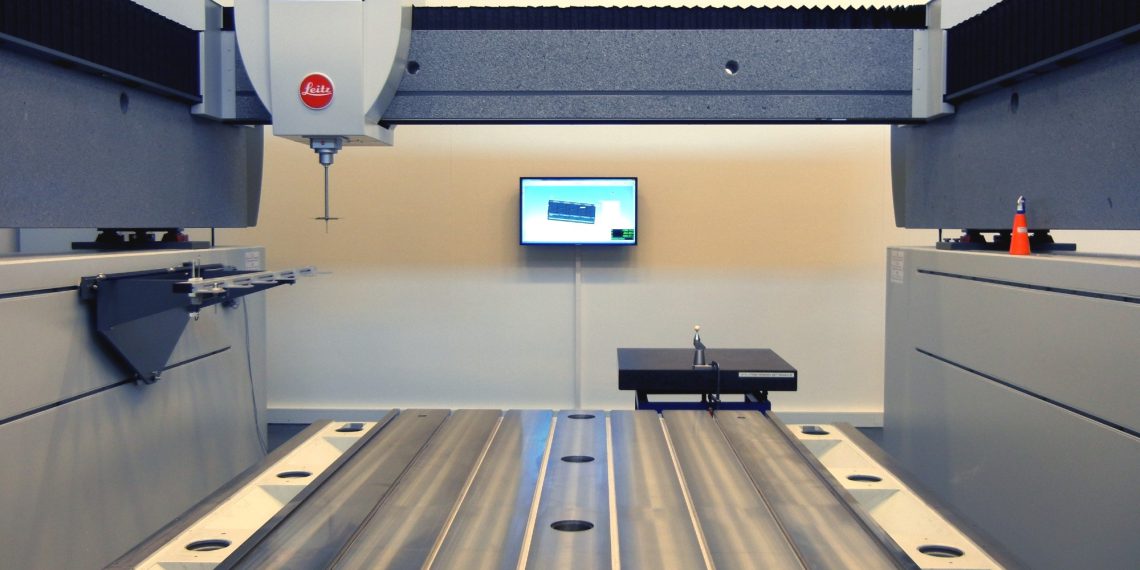The concrete deformation stability of machine beds made of Nanodur, the innovative ultra-high-performance concrete (UHPC), satisfies the strictest of requirements. This assessment is the result of a study conducted at the Laboratory for Machine Tools and Production Engineering (WZL) of RWTH Aachen University, in Germany. In addition, ultra-high-performance concrete such as Nanodur is characterized by further advantages over machine beds made of conventional materials such as grey cast iron or welded steel. The company durcrete GmbH will demonstrate these advantages at the following trade fair: AMB 2018 during September in Stuttgart, Germany. At AMB 2018, visitors can also gain detailed information on the test results of the above-stated research project conducted at Aachen University.
The loadbearing and supporting elements of a machine tool are the machine beds mounted on the machine foundations and integrated into the tooling machines — and not the machine foundations themselves. It is in fact these base frames on which the individual functional elements — such as the linear guiding rails and the drive units — are mounted. The size and design of these elements basically depend on the process required. Machine beds can accordingly range from masses less than one metric tonne to sizes with very large dimensions. The selection of the materials used is critically significant for the functionality of a machine bed. In addition to the production-engineering and economic standpoints involved, the mechanical characteristics of the various materials play a key role here, since they decisively determine the characteristics of the component parts in use. A characteristic of prime importance here is the Young’s modulus, which influences elastic deflection as well as material damping and thermal behaviour. Long-term geometrical consistency — i.e., only minimal plastic deformation after application of a load — is expected as absolute prerequisite for all component materials used in this context. If this prerequisite is not met, the linear guiding rails lose their evenness and parallelism, which had been achieved in tedious and expensive precision working.
Advanced high-performance concrete in machine construction
In the past, machine beds were primarily made of steel, cast steel, or grey cast iron. In the course of the past 30 years, as a result of stricter engineering and economic requirements placed on machine tools, and in addition to the introduction of machine beds made of grey cast iron, frame components made of materials such as cast mineral or epoxy-resin-bonded polymer concrete have become well established. Steel and cast components can support the greatest loads but are very expensive and energy-intensive in their production. Massive materials such as polymer concrete and natural stone, on the other hand, are in extensive use owing to their more favourable prices and their engineering advantages. By now, advanced ultra-high-performance concrete (UHPC) has become solidly established in machine construction. In addition to its cost-effectiveness, concrete offers benefits related to the vibration and thermal behaviour of machine tools, and it has replaced conventional materials such as grey cast iron and welded-steel components. Ten years ago, a patent application was submitted for the high-performance binder Dyckerhoff Nanodur. Since then, Nanodur has had highly decisive influence on the world of ultra-high-performance concrete. It has especially been in the field of advanced machine tools that this innovative, high-tech material has provided forward-oriented stimulus. For a number of years now, a number of specialized precast plants have successfully produced machine components made of Nanodur concrete. Productions plants of machine beds are already located in Czech Republic, Switzerland and China. Other countries will follow soon.

















